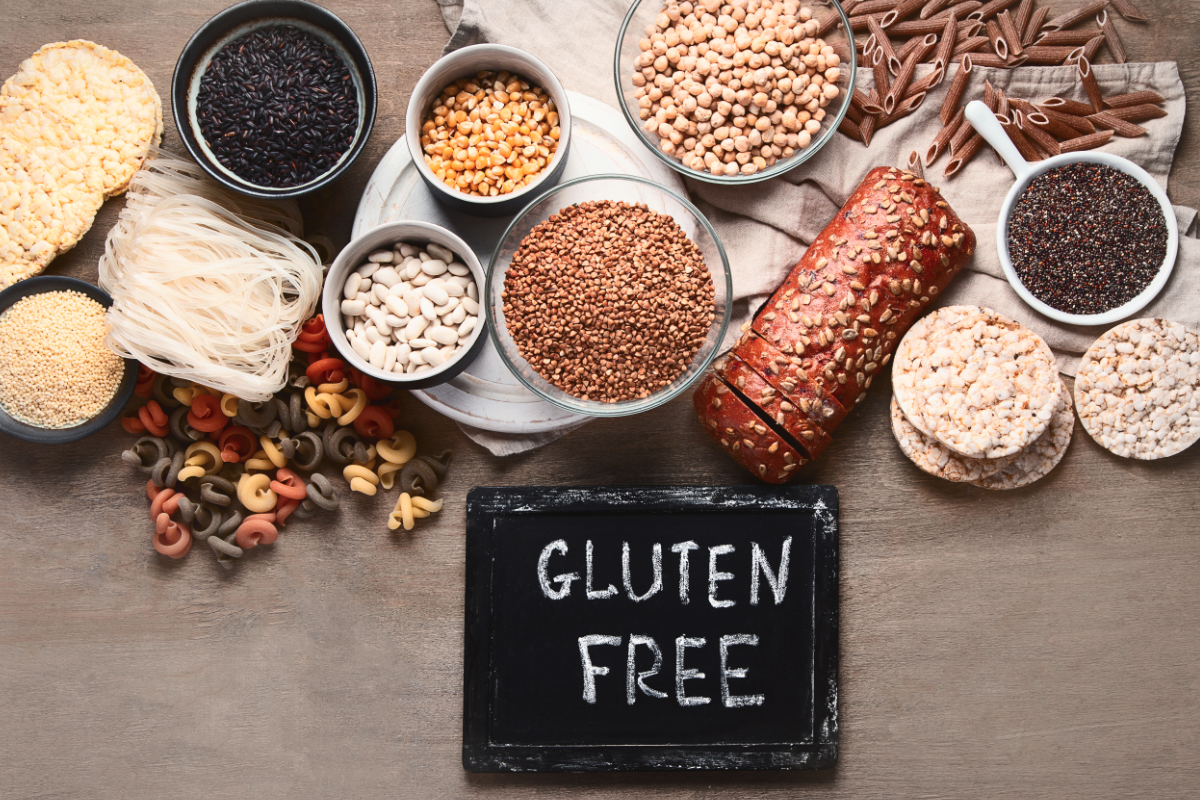There are plenty of diets to choose from these days, however, it is the gluten-free diet that seems to be the most challenging one both physically and emotionally to stick to. For those who are not aware, a gluten-free diet requires you to say no to barley, wheat, or rice in any given form and in several cases you need to say no to oats also. And since gluten is always found either in hidden form or an open form in the majority of the products that you will find in your nearest supermarket, it becomes very difficult to avoid them and then find an alternative to the same.

Gluten-free diet was originally created for people who are diagnosed with coeliac disease. Gluten is known to be the main protein in kernels of barley wheat and rice and this triggers the immune system to attack the thin lining of the small intestine in people who are diagnosed with Celia condition. In order to follow a gluten-free diet, one will have to learn about the ingredient names and the food labelling techniques in order to succeed in following the diet. In this article, we will understand what exactly a gluten-free diet does to your body.
One might experience constipation frequently
When you opt for a gluten-free diet, you will be cutting out a lot of holes in foods that make up bread or pasta, and these are said to be excellent sources of fibre. And when we decide to ditch them and not compensate for the loss of fiber in the gluten-free diet, the digestive system could get wacky. And it could lead to constipation. In order to avoid this you should eat a lot of legumes and leafy greens to keep your digestive system functioning on a healthy note.
You tend to be hungry all the time
People who experience gluten sensitivity tend to feel very sick after they eat bread products and this affects their appetite for the rest of the day. By following a gluten-free diet, you will notice that you are feeling hungry and the reason behind this could be 2:1 because your appetite is back and two because the food swabs that you have made are making you feel hungry. One hug that we would suggest is to include vegetable noodles as they are very filling to the stomach.
You will face withdrawal symptoms
When you make your body stop doing something that it is so used to doing, your body tends to react. This holds true even when you’re following a gluten-free diet. A sudden stop in consuming gluten could make your body experience headaches, overall fatigue, nausea, and leg cramps. Always consult your doctor before you step on a gluten-free journey and we recommend that you drink plenty of water and avoid any over-straining activity during the initial weeks of following a gluten-free diet.
Brain fog disappears
Most people around us tend to suffer from brain fog and they explain it as feeling lethargic and mostly related to a diet. Several scientists have associated gut health directly to mental health. When you decrease the information in your stomach this could help decrease it throughout the body thereby decreasing any chances of brain fog.
There is a spike in your energy levels
Digestion demands energy and it takes a toll on your body when it is having difficulty digesting something it can’t. And if you have celiac disease and you have stepped on the gluten-free diet, your gut will be less strained out and there are positive chances that your energy levels will be excellent.
Food allergies could vanish
When your body has gluten intolerance it can damage your small intestine to an extent that it stops producing like this, and Incyte helps in the digestion of milk. This could lead to various other health problems and food allergies as well and if you remove gluten from your diet completely, all the secondary tolerances will also disappear.
What is hidden gluten?
We generally assume that a product contains gluten VC with flour or other gluten sources that are obvious on a product label. But gluten can also be a hidden alliance on the product labels and unless you are aware of what they are it is very easy to miss it. For example, yeast extract, soy sauce solids, and malt vinegar are not gluten-free. In addition to this, foods that say they do not have any gluten ingredients need not necessarily be gluten-free since there is always a chance of gluten cross-contamination while the food is processing. For example, rice cakes can be processed in the same plant where wheat crackers were also processed, therefore it could pick up trace proteins. Gluten is also said to be found in certain personal healthcare products such as cosmetics, toothpaste, and some medications as well.
Gluten-free labelling
The FDA, Food and drug administration Does not possess any disclosure when it comes to gluten on food labels. It is the manufacturers who would disclose it voluntarily by considering FDA’s gluten-free levelling rules. And today consumers are interested in such transparency. One needs to put free of gluten or gluten-free or a message that indicates this meaning on the product label and always be in compliance with SDA Jules. The food should not have any type of wheat, barley or crossbreeds of those types of grains. The food is not supposed to use an ingredient that comes from any of these grains unless the gluten in the food is removed and is lesser than 20 PPM that is parts per million.
There are certain certifications as gluten-free certified as well.


